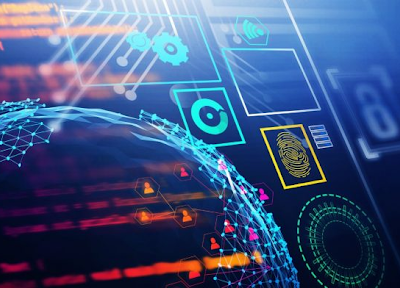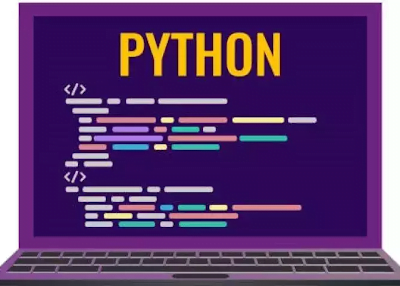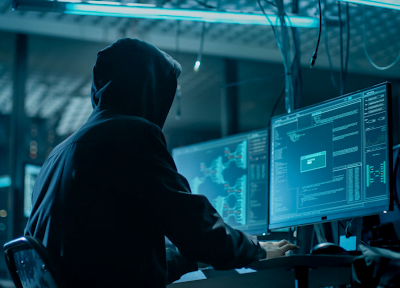It is a fast-moving world and we all are trying to outplay each other in order to survive. With ever-improving technology, comes great innovations as well as huge risks. If we talk about cybersecurity, security providers are moving faster than hackers and hackers are trying to outsmart security providers. It is a non-stop race that keeps going on. New threats are emerging with new advancements in technology. In this article, we are going to talk about the latest threats haunting the world of cybersecurity.
Remote working increases risks
Due to the emergence of Covid-19, companies were forced to shut down their offices and opt for remote work. Employees had to start work from home without getting much time to plan their security networks. It is being said that working from home has its own advantages that’s why it is being said that organisations will continue to work from home even after the pandemic. However, working from home offers several risks to a company’s security posture. Hence, it comes first in the list of the latest cybersecurity threats. Establishing secure networks remotely becomes difficult rather than securing centralised offices. Security is robust at company offices due to the presence of secure firewalls, routers, and supervision of IT security teams. Cybercriminals are taking advantage of the situation when organisations are not able to work much towards improving their security posture. The chances of security threats increase if employees use their personal devices for work. Their personal, as well as professional information, is at the risk of falling into the wrong hands. Therefore, it is the main challenge for companies to establish secure connections among their employees working remotely. Meanwhile, they can work on detecting and eliminating possible security threats by improving systems, installing security controls, and ensuring continuous monitoring.
Increasing ransomware threats
The ransomware threat is well known to all of us for around two decades, because of increased ransomware attacks it stays in the news headlines. It is nothing new, but it is growing at a faster rate than ever. Over time, hackers have become better at their job of hiding malicious code in the users’ computers. Studies suggest that currently there are more than 120 families of ransomware available. Ransomware is easy money for hackers, as they encrypt a user’s personal data and ask for ransom in return. The data remains present in the user’s computer but access is denied to them unless they pay the ransom. COVID-19 is the main reason behind increased cases of ransomware attacks which gave attackers the leverage of taking advantage of weak security systems at home offices. A company’s confidential information stays at the risk of being exposed which forces them to pay huge ransoms to hackers. Ransomware attackers are becoming wiser in their ways of exploiting users, nowadays they are demanding ransom in the form of cryptocurrency which makes it difficult to trace their presence. So ransomware attacks are definitely going to increase as a result of the after-effects of the pandemic.
Large scale adoption of the Internet of Things (IoT)
Internet of things (IoT) include modern devices other than computers and phones that have the ability to connect to the internet and data sharing, such devices include wearable fitness trackers, smart electronic devices (AC, Refrigerator, TV), smartwatches, and other voice assistants (Amazon Echo and Google Home). The increasing culture of adoption of the Internet of Things (IoT) is enhancing the risk of cybercrimes. A study reveals that around 64 billion IoT devices will be installed by 2026 all around the globe. Such huge adoption is being fueled by the companies doing work from home. The addition of a large number of devices increases the entry points for cyber attackers to perform malicious activities. Moreover, IoT devices comparatively have lesser processing power and storage, which makes it difficult to install security enhancers such as firewalls, antivirus, and anti-spyware. Hence, IoT devices are being seen as a potential target of attackers in the future.
Increasing social engineering attacks
Again, due to the prevalence of remote working, social engineering attacks like phishing have increased drastically. Employees working from home are an easy target for attackers as they lack adequate security settings on their devices. SMS phishing is gaining the attention of everyone nowadays due to the widespread use of messaging apps including WeChat, WhatsApp, Slack, Signal, Skype, and many more. Through these messaging applications, attackers fool users into downloading malicious software or malware on their devices. Other similar types of phishing include voice phishing, in which attackers trick users into giving their important account details over a call by posing as customer service representatives. A large number of people and even big organisations get tricked by such phishing incidents. Organisations are becoming more careful about phishing frauds but hackers are always a step ahead of the organisations, which makes it essential to be extremely cautious towards securing their networks.
Cloud security threats
Cloud vulnerability can lead to the biggest cyberattacks and such attacks are increasing rapidly with time. Moreover, due to remote working, the dependency on cloud-based services has increased drastically. Organisations are unable to manage and prevent attacks on their cloud services implying the fact that they do not have strong security systems. Cloud services have a lot of advantages such as saving time, effort, money and imparting working efficiency. It contains critically important data of organisations which makes them a major target for attackers. Leaving unattended data security settings may cause serious data breaches, unauthorised data access, insecure interfaces, and account hacking. Data breaches can cost organisations a huge amount of money and have a negative impact on their image, so organisations should be critically careful while establishing the security settings of their cloud services. Some steps that might be taken towards mitigating cyberattacks on cloud services include- maintaining regulatory compliance, expert IT teams to handle cloud computing, mitigating cloud migration issues, sealing the potential entry points for attackers, and ensuring a robust security infrastructure.
Evolution of Artificial Intelligence (AI)
To meet the increasing demands of security improvement, organisations are turning to technologies such as artificial intelligence and machine learning for seeking help. A rapidly increasing number of cyberattacks are out of control of human beings to handle. Deploying artificial intelligence tools has proved to be fruitful in the past also. AI systems have the capability to automate security settings, employ smart machine learning decisions, automatic threat detection, and natural language processing. AI has the unmatched power of processing huge data in a much shorter time period which makes it perfect for employing in cybersecurity threat detection. Every technology comes with the power of making positive as well as negative impacts in the world. If AI can represent an organisation’s security, it has the power to be beneficial to attackers as well. Cybercriminals are also taking advantage of the situation by automating their attacks and employing machine learning techniques for data stealing and processing. It is expected of security developers to develop robust AI-driven security tools that are capable of saving the world from increasing cyberattacks.
Conclusion
In a fast-paced technological world, security tools, as well as threats, are constantly becoming more powerful. There is a never ending battle going on between hackers and security providers, making cybersecurity a hot topic. There is so much more to be done for enhancing the security posture of organisations and they should start right now by taking small steps. Fighting hackers is tough but preventing attacks is in our hands. Prevention comes from knowledge, so you should always be aware of trending risks to your cybersecurity.





